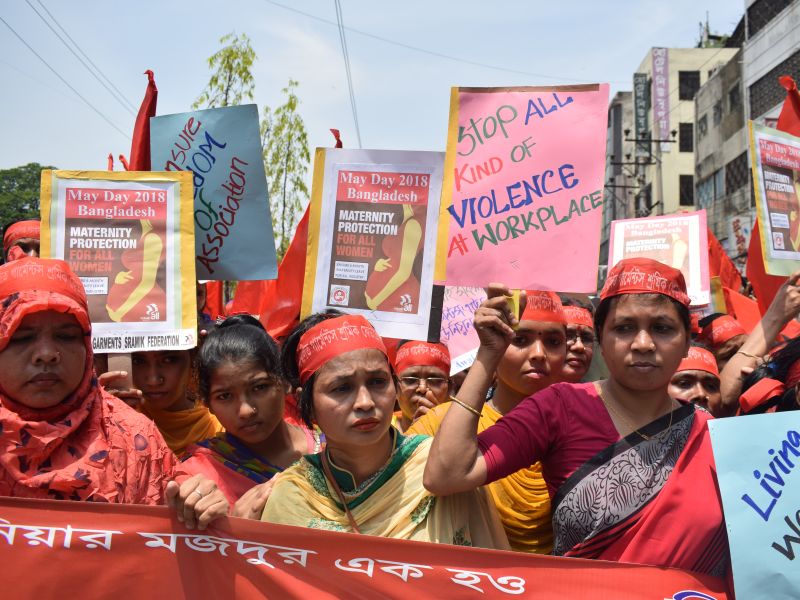Researching the politics of development
Blog

Acting together: Harnessing the power of the collective for reform

Sohela Nazneen
19 December 2019
This blog features Sohela’s ESID work on gender and was originally published by The Development Leadership Programme.

The meaning of ‘acting together’ has never been more significant in the current context of fast-changing demographics, climate and persistent inequalities. Globally, the past few years have witnessed communities taking collective action against these urgent challenges. Extinction Rebellion, Black Lives Matter, #MeToo and multiple energy and fuel protests all point towards the demand for political reform and need for collaborative problem-solving.
While the motivation for these bottom-up movements is debated, they raise important questions about what drives people to act together and, crucially, when they are likely to achieve their goals.
Change cannot rely on individual leaders. Although the charisma of some leaders may capture our imaginations – for better or worse – improvements to peoples’ lives depend on leaders from different backgrounds coming together to gain the power, legitimacy and influence they need to push for change. A new DLP paper, ‘How does collective leadership change institutions?’, unpacks the latest global evidence on these questions.
Mobilising a cohesive and inclusive group of leaders is no mean feat. Especially in the context of shrinking civic space, where elites capture and close down the opportunities for reform. A huge challenge for coalition-building is creating an open and communicative environment between group members, which is essential for enabling a meaningful exchange of resources and ideas.
Once coalitions and movements are formed, how do they gain collective power and legitimacy? Leaders of coalitions can draw on various sources of influence to make a difference. Whether through material wealth, or organisational ‘strength in numbers’, coalitions can leverage power to disrupt the status quo and influence political elites at the helm of decision-making.
Ideas are another crucial resource in the push for change. In Uruguay, for example, a coalition that advocated for legalising abortion strengthened their case for reform by strategically linking it to the idea of inequality. They highlighted that poor women were adversely affected by unsafe abortion, and through this narrative created a wider appeal. The power of ideas is their ability to create an alternative narrative of what change can look like, and why it is needed.
Lobbying, campaigning and public interest litigation can also help coalitions draw public attention to their cause, but leaders need to engage in formal policy spaces to drive change. Here, they need to be savvy in dealing with key power brokers inside, and tactical in challenging sticky informal norms and practices. In the case of Uganda, for example, coalition leaders working on domestic violence effectively targeted influential male members of parliament to act as allies to resist the draft law.
Accessing informal networks can be key for influencing powerful individuals. Privileged, elite groups, already plugged into power, can have a natural advantage. Yet, increasingly, marginalised groups are finding the political space to create their own opportunities for influence. In Mexico, women parliamentarians and movement actors successfully created an informal network to track the implementation of the gender quota law. This case study is just one of many that demonstrate the power of informal institutions and that fixing formal rules of engagement is not enough for addressing inequality and institutional change.
What is tricky is that coalitions need to balance their internal legitimacy with their engagement in formal political spaces. The advantages gained by coalitions of leaders through engaging with powerful individuals and political elites, at strategic moments, can simultaneously result in a loss of support and legitimacy from the wider movement. What is also tricky for coalitions is how do they engage with transnational actors and networks. Here,
Coalitions must consider the trade-off between potential support from transnational networks and the risks to their legitimacy as a locally embedded movement.
These are just some of the challenges and strategies of working together. And we do not know enough about them. Mobilisation is taking place in real time across our social and political landscape, and research needs to catch up. We need more nuanced and interdisciplinary approaches to understanding how and when coalitions influence reform. This matters because if we do not learn more about how to act together with impact, some of the most pressing issues facing our dynamic and globalised world will go unsolved.
